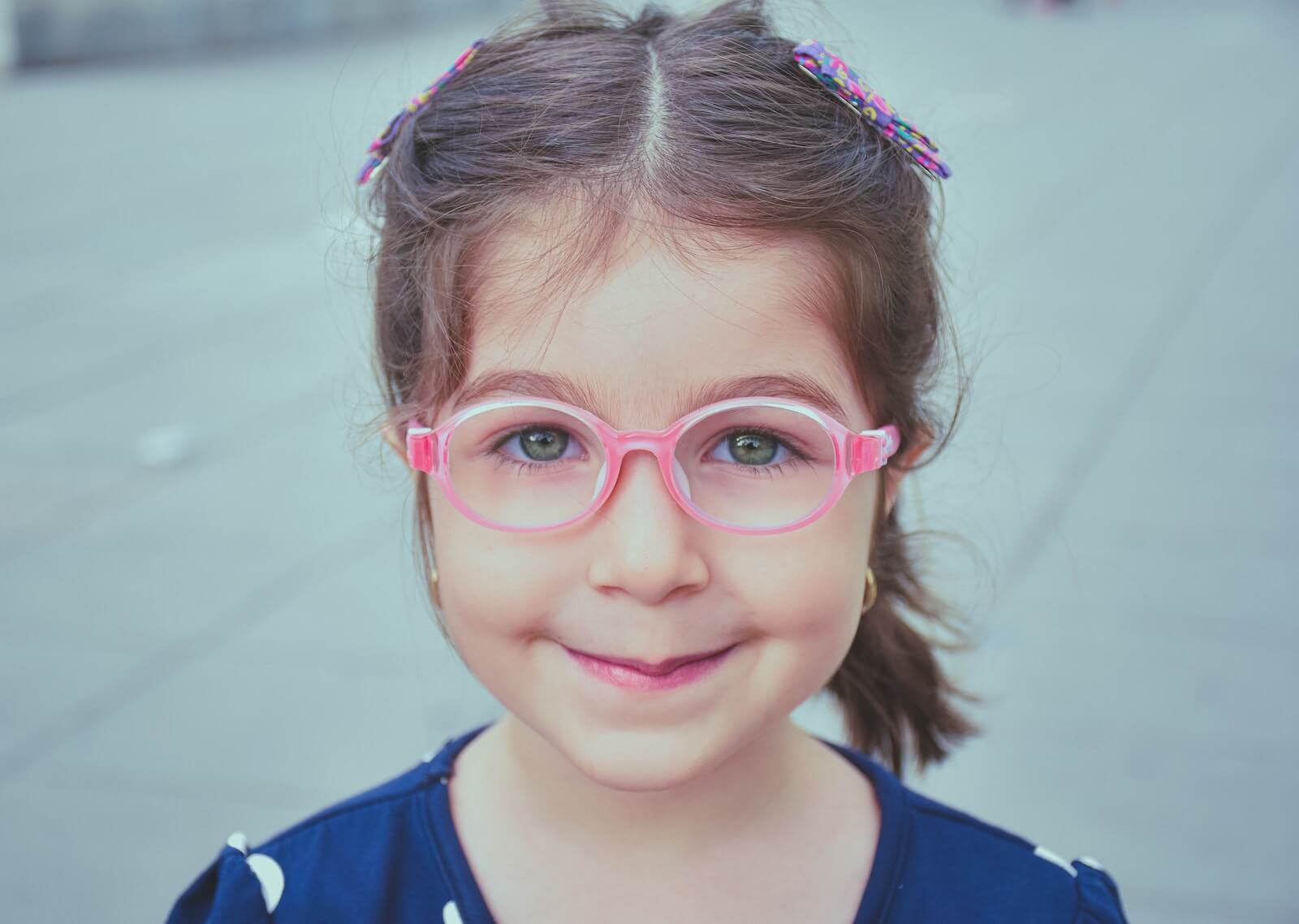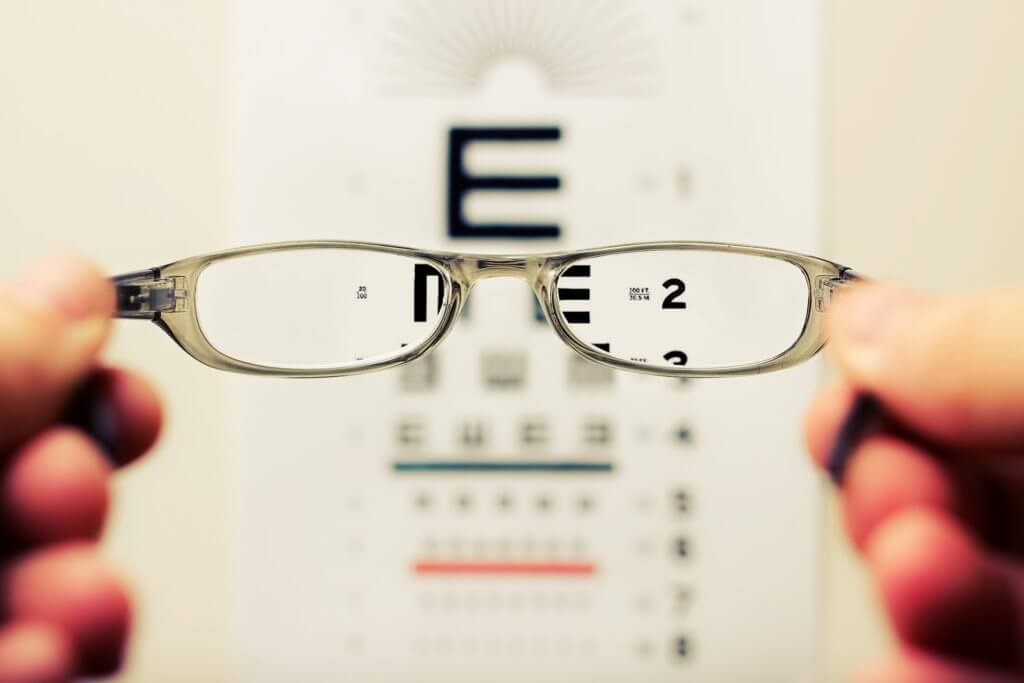LONDON — Is your child squinting more than usual? It might be time for a trip to the optometrist. An eye expert is revealing the subtle signs your children might need eyeglasses.
Eye care expert Giles Edmonds says it’s not uncommon for kids to mask issues they might be experiencing with their vision, highlighting the common behaviors that could suggest they are struggling.
If a child is squinting with one eye as if searching for buried treasure, otherwise known as “The Pirate Impressionist,” this is a tell-tale sign. Also, if you see a youngster tilting their head to extreme angles when reading a book, known as the “Head Tilter,” this might be a sign it’s time for a vision test.
These tips come as research, commissioned from Specsavers, finds 35 percent of 1,000 parents with children between six and 15 year-old worry their children are trying to cover up their bad eyesight.
“A lot of parents assume that because their child doesn’t display any signs of a vision problem, there’s no need to have their eyes tested,” says Edmonds, who is the director of clinical services at the eyecare company, in a statement.
“However, this couldn’t be further from the truth. Ensuring your child has regular eye examinations from an early age is incredibly important for several reasons.”
“Given more than 80 percent of our learning, cognitive, and social abilities are facilitated through our sight, it’s extremely important to your child’s overall development,” Edmonds continues.
“Poor eyesight can cause learning and behavioral problems. Conditions such as squinting and amblyopia – lazy eye – can be treated more effectively if they are picked up earlier, which could make a huge difference to your child. Lastly, an eye test doesn’t just check vision. It can also detect other underlying health conditions.”

Parents’ top causes for concern include their child sitting too close to the TV (48%), holding a book too close when reading (45%), and frequently complaining of headaches (42%).
However, 39 percent admit to overlooking these behavioral signs, with 40 percent of parents claiming they have never considered their child might need glasses – and 21 percent confessed they have never taken their child to an eye doctor.
This might be because one in three admitted to prioritizing other health appointments for their children, over their eye health, with doctors (66%), dentists (52%), and vaccinations (49%) taking main priority. However, almost all the parents polled (97%) wish they’d spotted the tell-tale signs earlier.
The study also revealed the average age at which a parent first takes their child to the optician is six years-old – despite experts recommending children have their first eye test at three-and-a-half.
Of those who haven’t taken their child for an eye exam, 63 percent said their kids didn’t seem to be experiencing problems, while 32 percent thought they had routine tests done in school.

Notably, 14 percent identified fear as a barrier to not getting their child’s eyes tested, with 28 percent worried about their child being picked on at school for wearing glasses – while 52 percent attributed it to a fear of having their eyes touched. Overall, 21 percent of the parents polled, via OnePoll, don’t feel very informed about the importance of eye health for children.
Giles Edmond’s 8 Tell-Tale Signs of Vision Problems in Children:
The Eye Rub Maestro:
Eye rubbing is a sign of tired eyes at any age. If you notice your child rubbing their eyes while focusing on an object, it could indicate eye strain, which could be due to an uncorrected vision problem.
The Reading Rebel:
If your child is reading below their expected level this could be a sign of several vision problems. Children who have issues with their eyesight may also repeat the same line twice, lose their place, or use a finger to guide their eyes. Holding books or devices at a distance can support long-term eye health – keeping these items at a length of their knuckle to their elbow is a good guide, as holding them too close can be problematic.
The Eye Strain Star:
Sometimes there are physical signs such as straining eyes, closing one eye, or holding objects too close or too far away. If kids are straining to see the board at school, they may also get frustrated, which can mean they are disruptive in lessons. All these things can indicate problems with vision.
The Headache Hero:
Children might experience more headaches, especially when reading. When you look at objects or screens at close range, the muscles in and around your eyes need to work harder to focus. Over time, these muscles can get sore and tired. Similarly, squinting for a long period may tire the muscles around your eyes, which can lead to headaches.
The Head Tilter:
If your child has perfected the art of tilting their head to read a book, it’s a sign they might be hiding issues with their eyesight.

Close Encounter Enthusiast:
If your child makes a habit of sitting too close to the TV, this could be a sign they are struggling to see the details. Sitting too close to the screen could, in turn, cause additional eye strain.
The Pirate Impressionist:
If your child is often seen closing one eye when completing tasks, they may be doing this to favor their stronger eye and could highlight an uncorrected vision problem.
The Teacher’s Pet:
Sitting at the front of each class to get a good view of the board could be a sign your child is struggling with their vision.
South West News Service writer Fran Tuckey contributed to this report.

